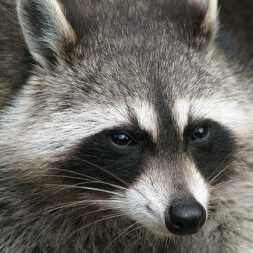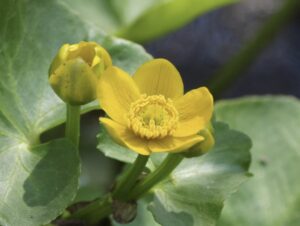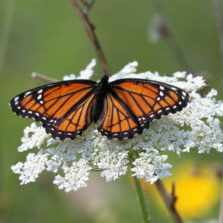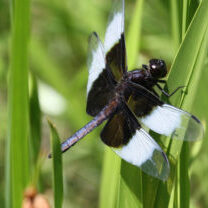Take a second look …
The yellow eyes of the Saw-whet Owl are so startling, their gaze so steady, that we tend to ignore everything else. It’s easy to miss the trace of blood just below the owl’s bill, a smear of something that changes the way we look at the bird, that deepens our understanding of it. What discoveries might we make if we took that second look more often, if we trained ourselves to see?
Latest Posts
The Omnipotent Goddess of Spring
My friend and sometime birding companion, Lynn Pady, recently sent me a copy of Gerard Manley Hopkins’ “The Windhover,” a poem about the bird we call a Kestrel. I don’t know for sure but suspect this may be a product of spring fever on Lynn’s part. It’s not the first time she’s emailed me this poem (may it not be the last!), and every time I see the damn thing, I have to stop what I’m doing to read it again, oh, for the something-hundredth time or so. Hopkins wrote “The Windhover” in the form of a sonnet, and it’s … Read more
Read MoreParlez-moi d’amour: Is this the most romantic song ever recorded?
I’ve been listening to Lucienne Boyer’s recording of “Parlez-moi d’amour” (1930) on and off for about twenty-five years and have never grown tired of hearing it. I came to the song through a two-disk CD I bought of chansons françaises, the type of music performed in the cabarets and music halls of Paris over the first half of the 20th century. This was the milieu in which singers such as Edith Piaf, Charles Trenet, Maurice Chevalier, Charles Aznavour, and Juliette Greco were formed. Madame Boyer, because of the clarity and warmth of her voice, and to no little degree thanks … Read more
Read MoreNature’s Narcissist: The Prothonotary Warbler
At some point over the long course of its evolution, the Prothonotary Warbler (Protonotaria citrea) developed the peculiar habit of staring at its reflected image in the still waters of the swamps that it calls home. This mirror gazing does nothing to advance either of the bird’s main aims in life, which are to eat and reproduce. We have to assume that the Prothonotary, like many of its human admirers, is subject to the vice of vanity. Like Narcissus in the ancient myth, this warbler is infatuated with its own reflection. But how is it possible to fall in love … Read more
Read More







